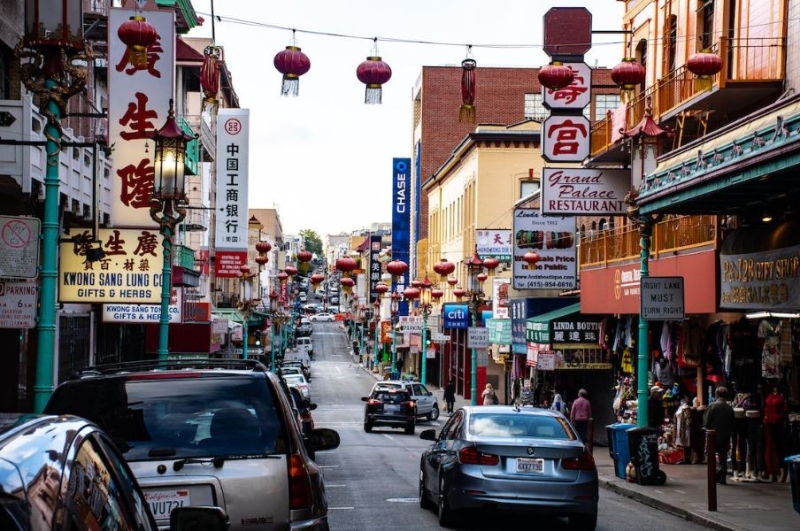Weed’s next frontier is in Asia

HONG KONG - Asia is beginning to warm up to the use of cannabis. Thailand legalised marijuana cultivation at home in 2022, while South Korea, Japan and Malaysia are paving the way for pharmaceutical applications.
With the weed market estimated to be a $100 billion industry by 2026, according to research firm Prohibition Partners, regional businesses are preparing for demand from Asian consumers.
The Thai decision to remove cannabis from narcotics control lists is nominally to support its medical use, but this will naturally ease recreational consumption, which may boost international tourist inflows.
Renewable energy firm Gunkul Engineering (GUNKUL.BK) committed 2 billion baht ($57.6 million) to building a new cannabis plantation and extraction facilities, local Thai media reported. Cannabis-leaf chicken leg snacks and cannabidiol-infused green teas made by Bangkok-listed Srinanaporn Marketing (SNNP.BK) and Ichitan Group (ICHI.BK) already line the shelves of local supermarkets.
Even Japan, known for its strict cannabis-possession laws, allows cannabidiol, an active ingredient in cannabis that does not get users high, commonly referred to as CBD. E-commerce company Rakuten (4755.T) and Pan Pacific International’s (7532.T) Don Quijote supermarkets now offer a wide range of CBD oils and gummies.
South Korea was the first country in East Asia to legalise pharmaceutical cannabis, and Japan, Malaysia and Taiwan are all considering similar moves. If American experience is any guide, regulated pharmaceutical use will inevitably trickle into the recreation market, boosting aggregate demand.
China is a question mark. The country was scarred by its experience with opium, which it associates with imperialism. On the other hand, the marijuana plant grows naturally in Yunnan province. China is also responsible for around 70% of global hemp fibre production.
Extraction of full spectrum hemp oil, which contains CBD, is legal for export under tight scrutiny, notes Andy Li, founder of Yunnan-based Hempson. Given conservative attitudes in Beijing, Chinese recreational and medical use of cannabis will probably occur in neighbouring countries.
Weed enthusiasts should be optimistic, though. Conor O’ Brien, former lead analyst at Prohibition Partners, thinks the Asian market will grow at least 10 times to roughly $120 million by 2026.
That’s only a fraction of the $100 billion industry that the devil’s lettuce is becoming, but it’s a start. Cannabis in Asia will burn slowly, but where there is smoke there may eventually be fire.




